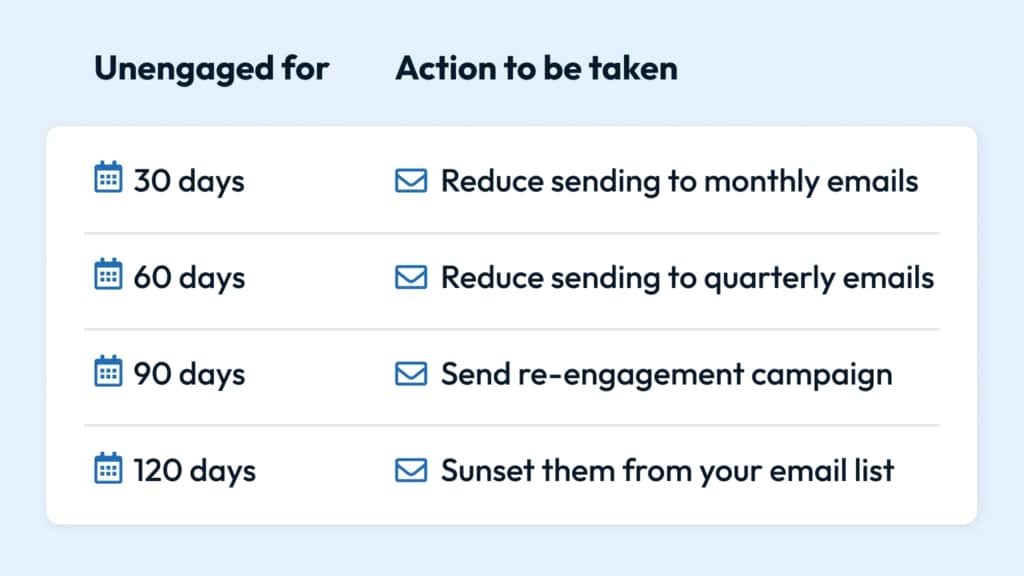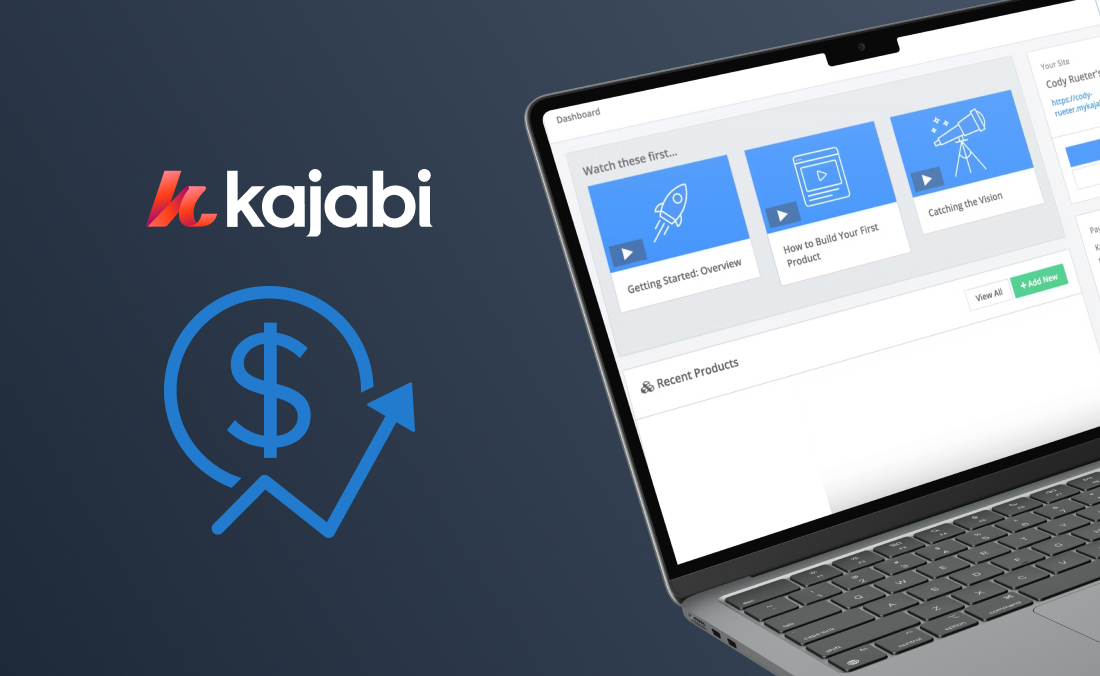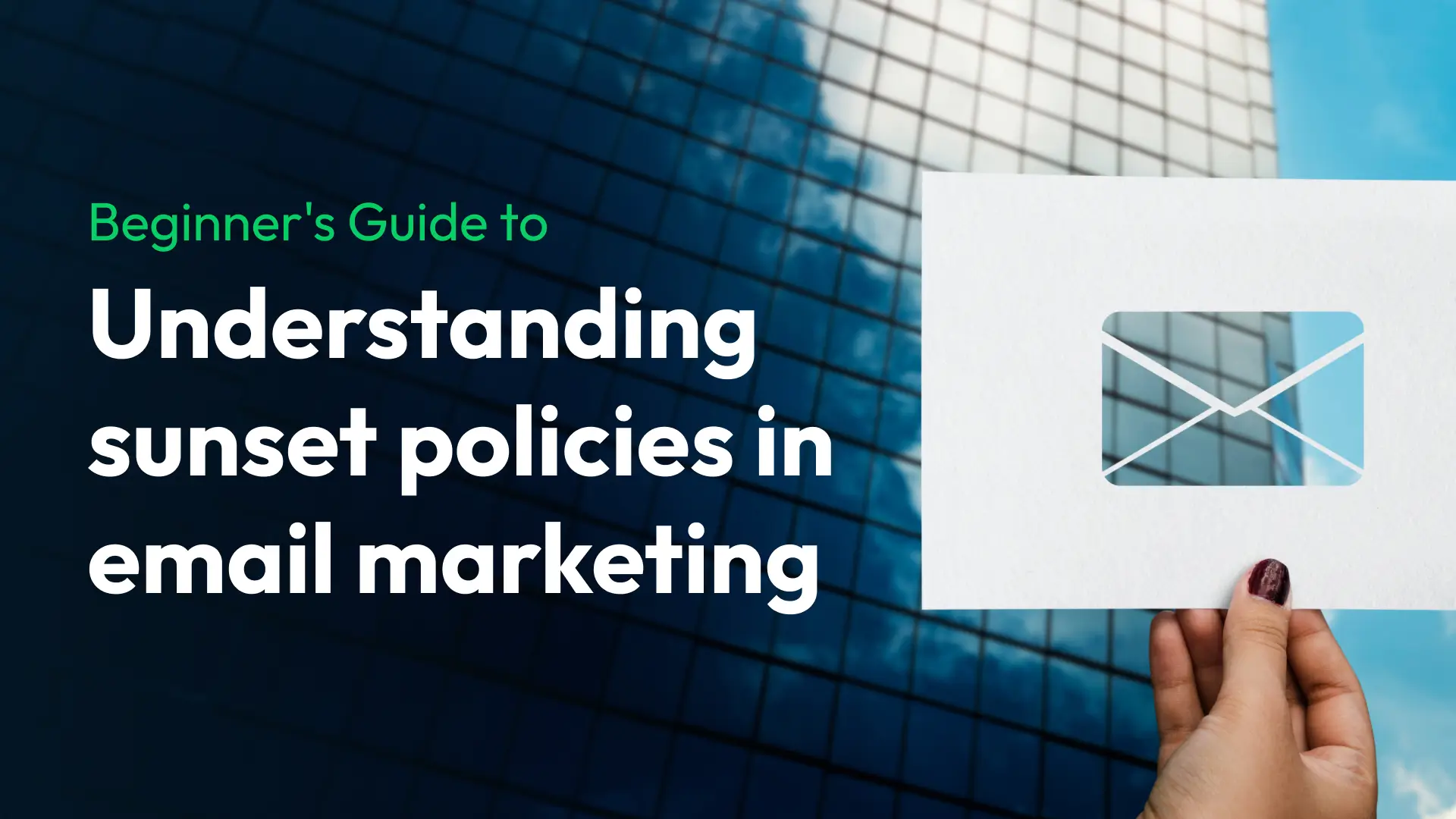To maximize the impact of your email campaigns on engaging your leads and increasing open rates, understanding and implementing a “sunset policy” in email marketing is key. You may be wondering what this term means and how it relates to your email strategy. In this article, we’ll guide you through it step by step!
What is a sunset policy in email marketing?
Imagine you have a garden where you grow beautiful flowers. Over time, some flowers wilt and lose their charm.
In email marketing, a sunset policy is like a maintenance schedule for your garden. It’s a set of guidelines used to remove old and inactive email addresses from your mailing list, so you can care for the blooms that are fresh and vibrant.

Why is a sunset policy important?
Just like you wouldn’t want wilted flowers in your garden, you don’t want inactive or outdated email addresses in your list. In the long term, continuing to send messages to people who don’t open or engage with your mail can harm your deliverability and domain reputation.
Keeping your email list clean and up-to-date is crucial for effective marketing. It helps you focus on people who are genuinely interested in what you have to offer and get maximum value out of every connection.
How do I create a sunset policy?
A sunset policy sets guidelines for identifying and removing inactive subscribers from your email list. These guidelines usually include criteria, like how long a subscriber hasn’t engaged with your emails or how many times your emails have bounced back.
The best policy for you depends on your business niche, how often you send emails, and what makes a contact engaged vs unengaged in your business.
Think about these questions when creating your policy:
- What metric(s) will I use to track engagement? These could be email opens, clicks, or even more significant actions like a video play or a purchase.
- We recommend research on this topic, so you can determine what’s best for your list. Open rates have been increasingly unreliable as data privacy standards increase, which makes measuring other forms of engagement more important than ever.
- How often does a contact need to take an engagement action for me to consider them “engaged”? Conversely, how much lack of action will I see as “unengaged”?
- The answer to the question will depend on a variety of factors, including how often you send emails to your list on a normal schedule. For example, if you only send mail once a month, it won’t make sense to use “1 click every 14 days” as a measure of engagement.
- If a lead is unengaged, how often will I email them?
- Once a lead drops into unengaged territory, you may want to start emailing them less frequently, so their lack of interaction with your messages doesn’t start to hurt your sending reputation. It can be useful to set up a plan to gradually increase the time between emails for unengaged leads, until eventually…it may be time to cut ties completely.
- What will I do with unengaged leads?
- What you do if a lead is fully unengaged or “stale” depends on whether you want to preserve their information for other data (related to purchases, support history, etc), or if you just prefer to keep comprehensive records. Either way, if a lead is fully engaged, it’s best to stop mailing them. You can either maintain records and mark the leads so you don’t mail them anymore or delete them from your list entirely. The choice is up to you. Here is an example of the actions you could take after a lead has shown no engagement with your marketing…

Implementing a sunset policy
You notice that some subscribers haven’t opened your emails in the last six months. Instead of letting these inactive subscribers clutter your list, you decide to implement a sunset policy.
First, you segment your list to identify inactive subscribers and tag the unengaged group.
- Use level of engagement filters to find leads who do or do not meet your defined engagement metrics.
- Apply tags to the groups with their engagement level, so you can use the tags to refine future email sends.
Then, you send them a re-engagement email offering them a special discount on their next purchase or some other content designed to spur the recipient into action. Those who don’t engage after a certain period (say, 30 days) are removed from your list, keeping it fresh and focused on responsive recipients.
- The length of time you wait before sending a re-engagement email or removing leads from your list is up to you. Choose timeframes for your policy that make sense for your business.
You can do all of this with marketing software that offers streamlined email marketing automation.

Round-up: Tips for List Monitoring and Re-engagement
- Regularly Monitor Engagement: Keep an eye on how your subscribers are interacting with your emails. If someone hasn’t opened or clicked on your emails for a while, they might be a candidate for removal. Consider setting a milestone, like 90 days of inactivity, to identify these subscribers.
- Segment Your List: Not all subscribers are the same. Segment your list based on factors like engagement level, purchase history, or interests. This way, you can tailor your emails to specific groups and improve engagement.
- Send Re-engagement Campaigns: Before removing inactive subscribers, try sending them a special re-engagement email. Offer them something valuable or ask for feedback to rekindle their interest. If they still don’t engage after 30 days, it might be time to consider removing them.
- Stay Compliant: Make sure you’re following legal regulations like GDPR or CAN-SPAM when managing your email list. Respect your subscribers’ privacy and give them control over their data.
By implementing a sunset policy, you ensure that your email marketing efforts are targeted toward people who are genuinely interested, leading to better results and happier subscribers.
Remember, a clean and engaged email list is like a well-tended garden – it blossoms with potential! To learn more about how to use email marketing to catapult growth, click to read more about taking your email strategy to the next level.
About Kartra
This blog is brought to you by Kartra, the all-in-one online business platform that gives you every essential marketing and sales tool you need to grow your business profitably – from sales pages and product carts to membership sites, help desks, affiliate management and more. To learn how you can quickly and easily leverage Kartra to boost your bottom-line, please visit kartra.com.


